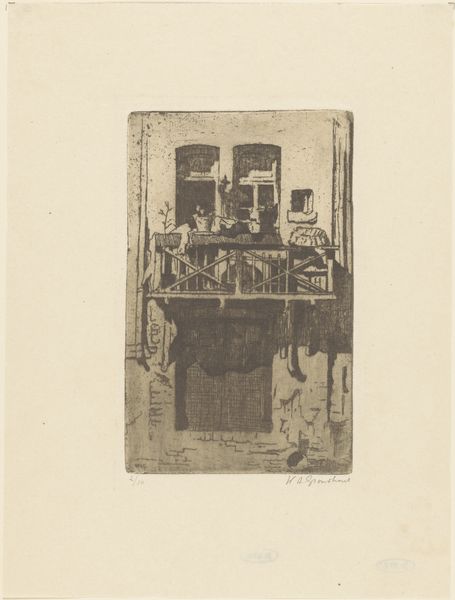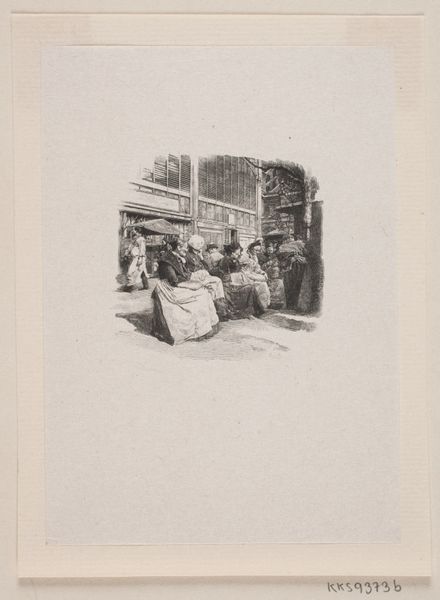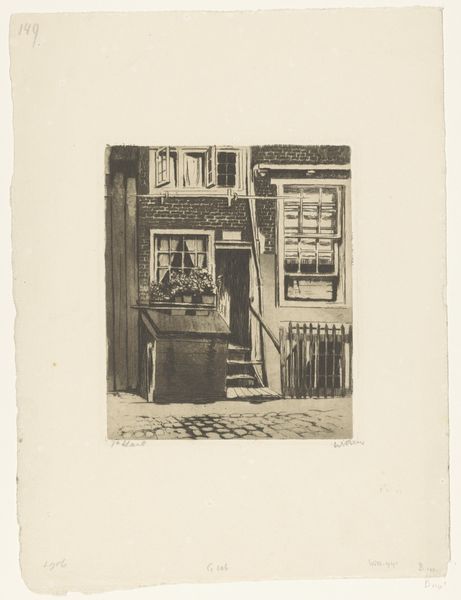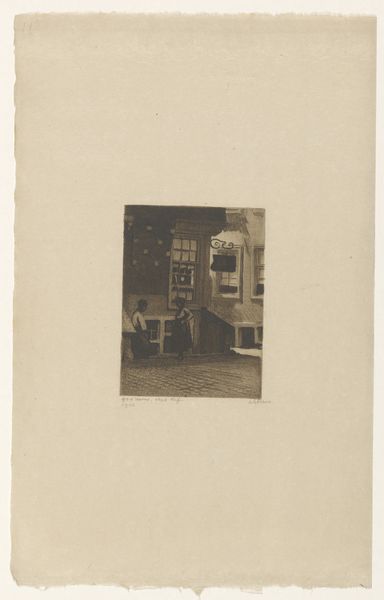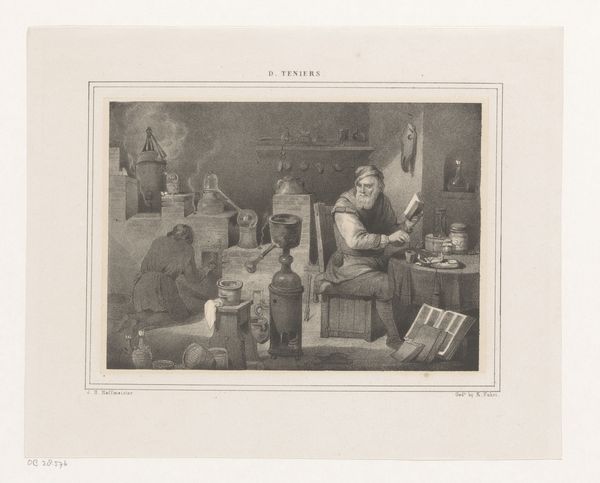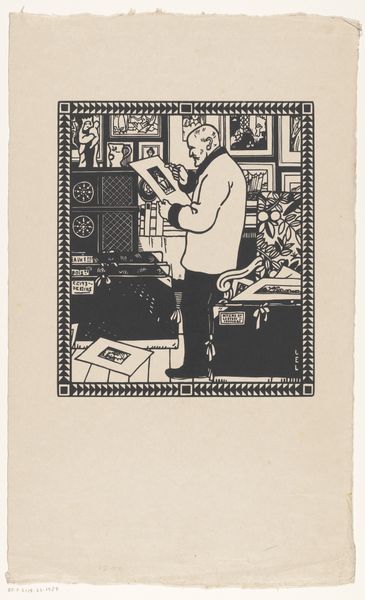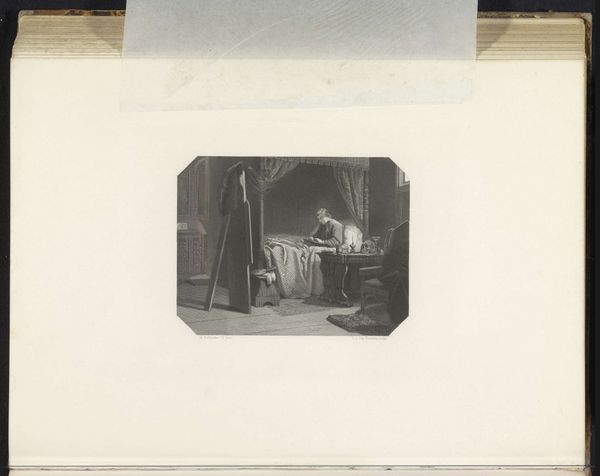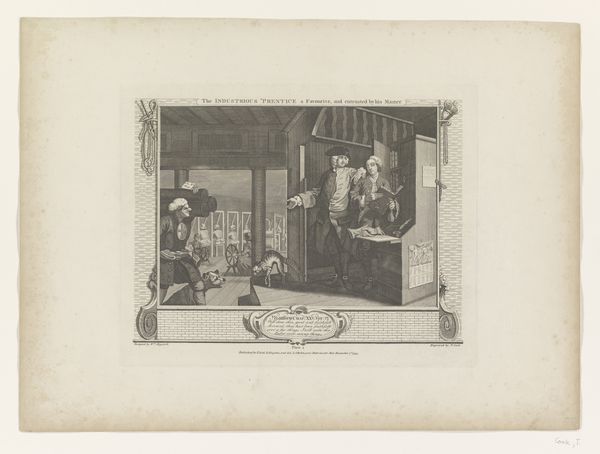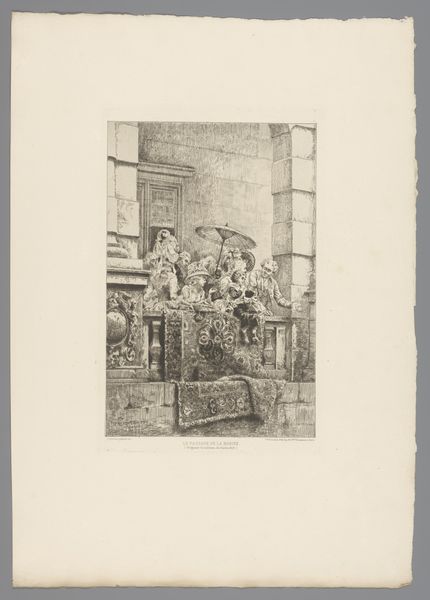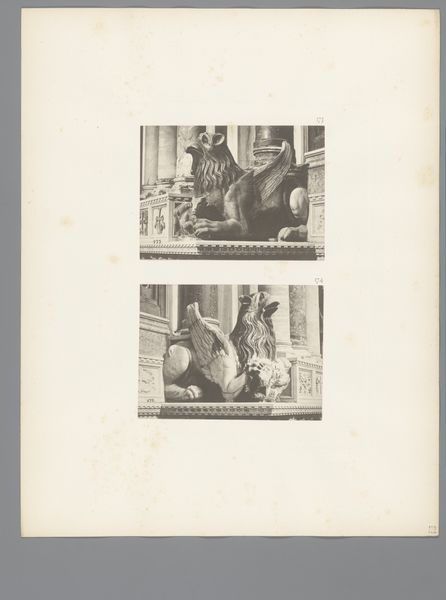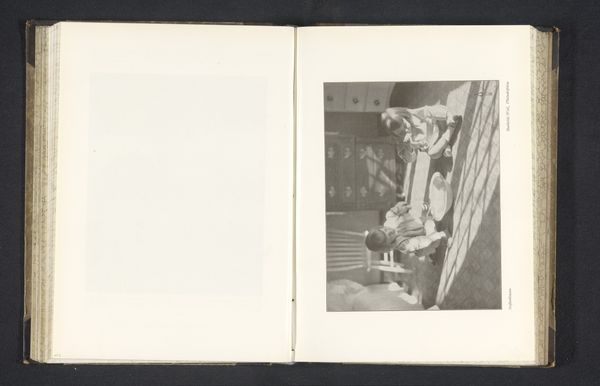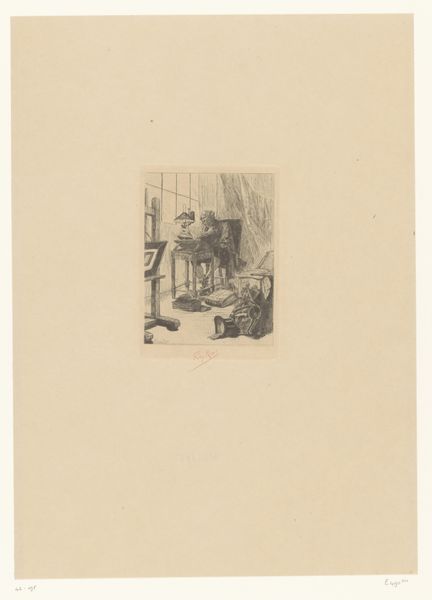
drawing, graphic-art, print, ink
#
portrait
#
drawing
#
graphic-art
#
narrative-art
# print
#
ink
#
cityscape
Dimensions: height 180 mm, width 131 mm
Copyright: Rijks Museum: Open Domain
Editor: This drawing, "Joodse boekhandel in Wentworth Street, Londen," created in 1932, appears to be made with ink. There's a wonderful narrative quality to the scene; it really captures a sense of daily life in a very specific time and place. What strikes you about it? Curator: Well, this image speaks volumes about the social landscape of 1930s London. Wentworth Street was the heart of the Jewish East End, a place brimming with culture and commerce. Notice how the artist, perhaps intentionally, includes the signage in both English and Hebrew – “Books” and “Talism for Half Price.” What does that detail suggest to you about the intended audience and the role of this bookstore? Editor: It makes me think that the store served both the local Jewish community and maybe a broader readership interested in Jewish culture. It points to an interesting moment of cultural exchange. Curator: Precisely. And consider the composition: the woman absorbed in her reading, the religious artifacts displayed, the man entering at the rear; they create a tableau of tradition, faith, and everyday life. The artist seems interested in depicting Jewish cultural heritage and how this bookstore creates and sustains a specific identity. I wonder, what’s the feeling you get from this? Editor: It feels intimate, like a snapshot of a world within a world. But the "Half Price" sign makes me also think about the economic realities of the time. Curator: An astute observation. The commercial aspect is vital; this isn’t just about preserving culture; it's also about making a living and making this knowledge accessible, even at a discount. Perhaps making talism and Jewish texts more accessible at a time of economic difficulty. Editor: I see what you mean. I hadn't considered the economic context so closely. It highlights the intersection of culture, commerce, and community identity during that period. Thanks! Curator: Indeed. This work offers a rich insight into the public role of art, the politics of imagery, and, above all, the vital connection between a community and its cultural resources.
Comments
No comments
Be the first to comment and join the conversation on the ultimate creative platform.
